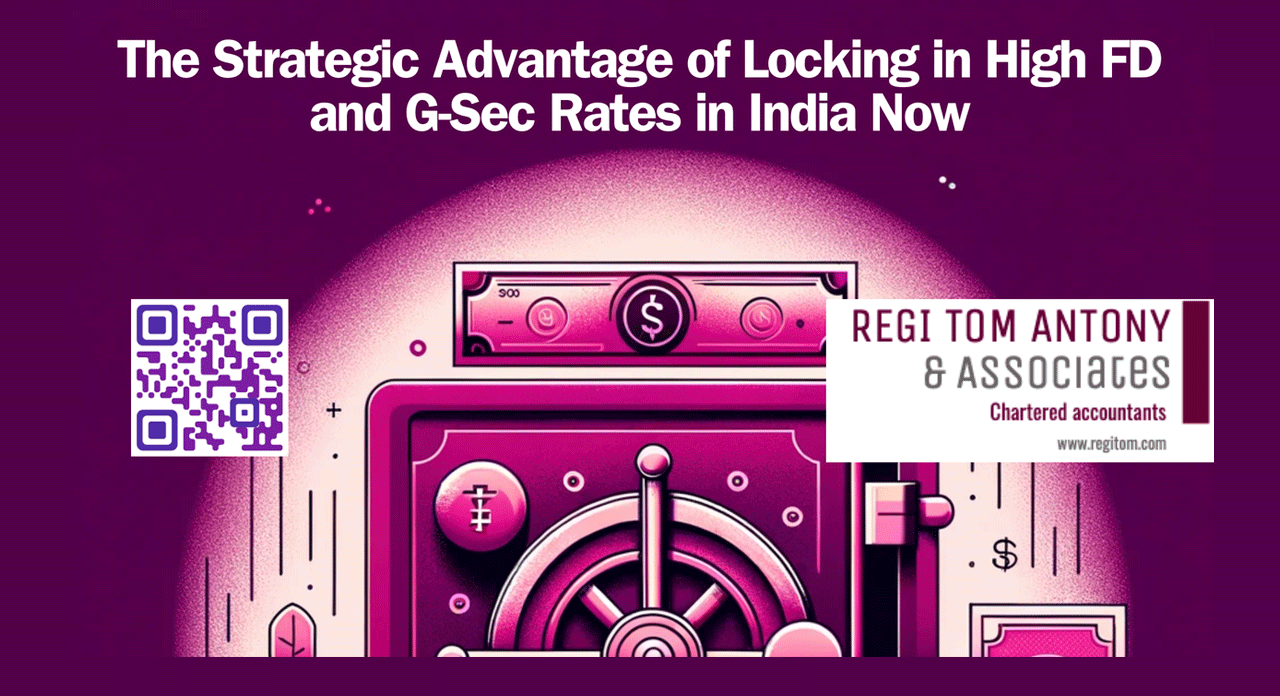
As we navigate through the financial landscapes influenced by the Reserve Bank of India's (RBI) interest rate decisions, a crucial question emerges for investors: Is now the opportune moment to secure high rates in fixed deposits (FDs) and government securities (G-Secs)? Let's delve into the intricacies of the current economic climate and its implications for personal investments.
The Uptrend in FD Interest Rates
Since the RBI began incrementally raising the repo rate from May 2022, we've seen a corresponding rise in FD interest rates, reaching a peak that has not been observed in the last four years. This uptrend was a response to combat inflation, with the central bank's repo rate reaching 6.5% after a cumulative increase of 2.5 percentage points. Currently, major banks offer FD interest rates between 7% and 8%, with some smaller financial institutions providing rates above 9%. This scenario presents an attractive proposition for investors, particularly given the speculative nature of future rate adjustments.
Deciphering the Future of Interest Rates
The RBI's monetary policy committee (MPC) has maintained the repo rate over the past year, amidst speculations of potential cuts. With inflation on a downward trajectory and the central bank governor's non-committal stance on rate reductions, it seems we may be at the zenith of interest rates. This context suggests a strategic window for investors to lock in favorable FD rates, especially for medium-term deposits, which have seen the most significant hikes.
Example Scenarios: FDs and RDs
Consider investing ₹5 lakh in an FD with a 7% interest rate for three years. This investment would yield approximately ₹1,15,720 in interest, culminating in a maturity amount of ₹6,15,720. Should the interest rates drop, the same investment made post-peak could result in a lower return, underscoring the potential financial benefits of acting promptly.
Recurring deposits (RDs) offer another avenue to capitalize on high interest rates. An RD initiated at a 7% interest rate can significantly outperform one started after rates decline, highlighting the advantage of locking in rates for the long term.
G-Secs: A Golden Opportunity?
The appeal extends beyond FDs to G-Secs, which currently hover around a 7% interest rate. With JPMorgan's decision to include Indian government bonds in its emerging markets index, we anticipate increased foreign portfolio investments (FPIs) and potentially higher demand for G-Secs. This scenario could lead to price increases and subsequently, lower yields. Thus, investing in G-Secs at the current rate could be particularly savvy before any potential interest rate cuts by the RBI.
Concluding Thoughts
In light of the economic indicators and speculative future trends, it seems prudent for investors to consider locking in high rates on FDs and G-Secs. The current rates present an opportune moment for those looking to secure stable and attractive returns, especially in a financial environment where the future of interest rates holds uncertainty. Whether you're a senior citizen seeking higher FD rates or an investor contemplating long-term RDs and G-Secs, acting now could yield considerable financial benefits. As always, it's advisable to consult with a financial advisor/ Chartered Accountant to tailor your investment decisions to your personal financial situation and goals.
 5 May 2024
5 May 2024